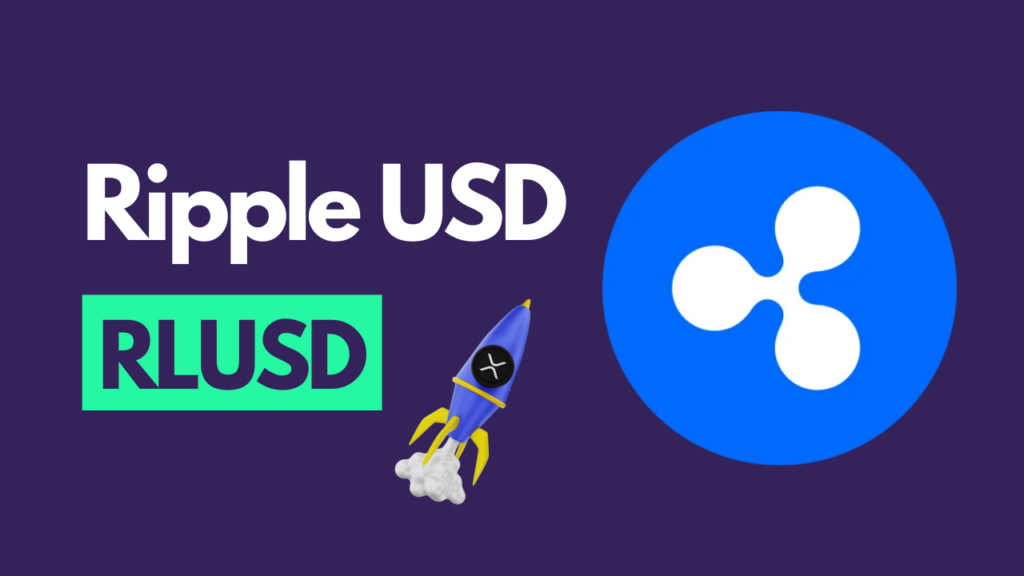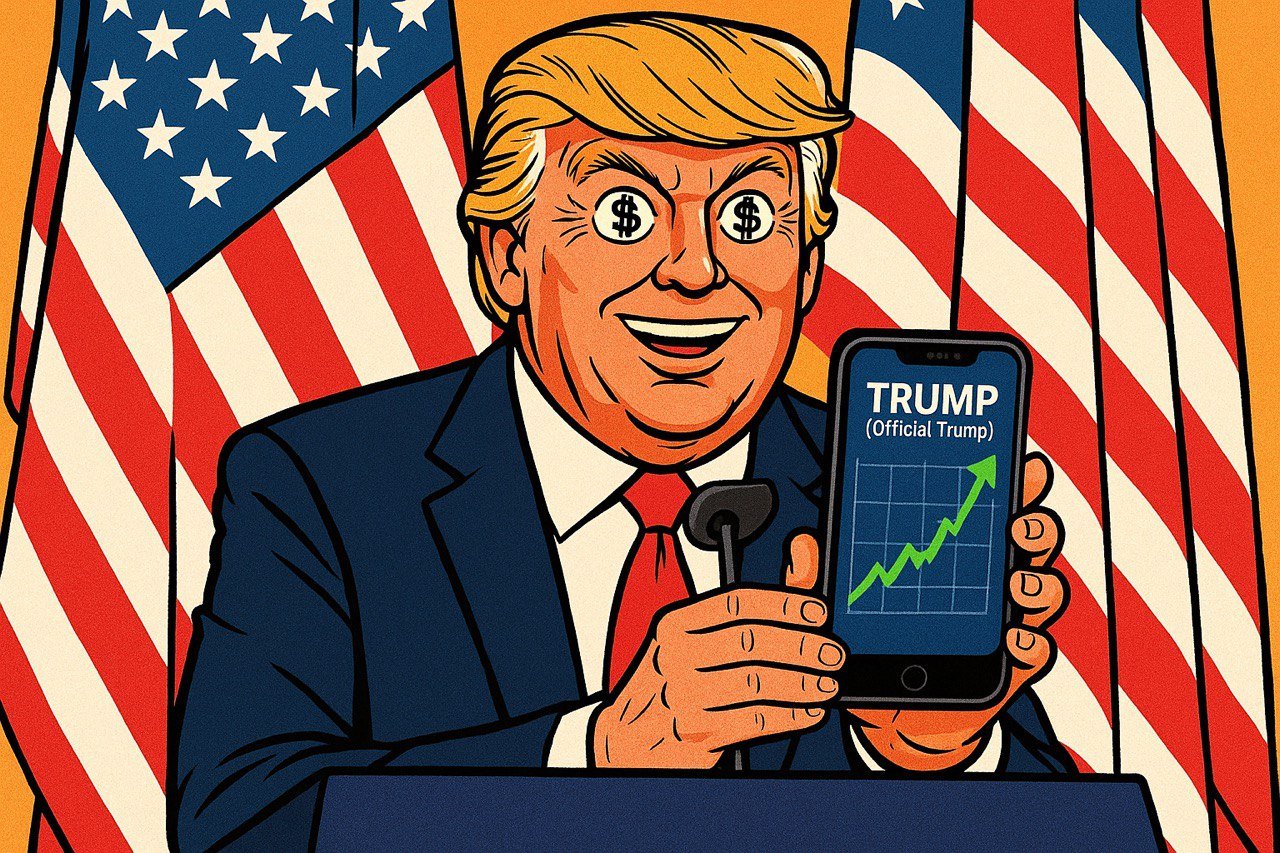Ripple’s RLUSD: What is RLUSD and Why It Matters in Crypto
Ripple Labs introduced its stablecoin RLUSD in December 2024, backed by U.S. dollar reserves. This launch was a significant event for both the company and the cryptocurrency industry as a whole. Among the partners supporting RLUSD’s release were major platforms such as Bitstamp, Bitso, and MoonPay.
However, RLUSD is not just another stablecoin. Its emergence symbolizes a new phase in Ripple’s development and reaffirms its commitment to transforming global payments. The company has long been a leader in the industry, processing over $70 billion in transactions annually, and RLUSD is becoming an important element of this expanding ecosystem.

What is RLUSD?
RLUSD is a stablecoin pegged strictly to the U.S. dollar. It operates on the XRP Ledger and Ethereum blockchains and is fully backed by fiat currency reserves, ensuring a 1:1 exchange rate with the dollar. This asset is seen as a serious competitor to leading stablecoins like Tether (USDT) and Circle (USDC), making it a significant step in Ripple’s expansion.
Regulatory Compliance and Market Impact
Before launching RLUSD, Ripple faced strict regulatory requirements and underwent a complex approval process. The company reached an agreement with the New York Department of Financial Services (NYDFS) to comply with stringent regulatory standards. As part of this partnership, RLUSD undergoes monthly audits to confirm full reserve backing, emphasizing Ripple’s commitment to transparency and reliability.
The launch of RLUSD strengthened Ripple’s position in the global financial system, offering businesses and users a stable tool for international transactions. The market reacted quickly: following the announcement, the price of XRP, Ripple’s key ecosystem asset, surged by 4%, and over the past month, it has grown by an impressive 141%.
Additionally, Ripple reinforced its advisory board by bringing in Raghuram Rajan, the former Governor of the Reserve Bank of India. His expertise will contribute to RLUSD’s strategic development.
The release of RLUSD opens new horizons for Ripple, solidifying its position among the largest stablecoin market players.
Use Cases of RLUSD
Ripple USD (RLUSD) is a versatile solution suitable for both businesses and individual users. It enables fast and reliable international transfers, allowing cross-border settlements to be conducted almost instantly thanks to its operation on the XRP Ledger and Ethereum blockchains. This approach significantly outperforms traditional money transfer methods.
Particular emphasis is placed on transaction speed: RLUSD outperforms competing stablecoins like USDT and USDC. For instance, transactions on the XRP Ledger are completed in 3-5 seconds, while on Ethereum, they may take between 15 seconds and several minutes. These features make Ripple USD an efficient tool for everyday payments and business operations, meeting the growing demands of the modern cryptocurrency market.
RLUSD vs. Giants USDT and USDC
Experts believe that Ripple’s RLUSD has growth potential but is unlikely to compete directly with USDT in the coming years. Here are the main arguments:
- Strong Regulatory Framework and Technological Platform RLUSD is positioned as a stablecoin designed to comply with regulatory requirements from the outset (holding an NYDFS license) and benefits from the advantages of the XRP Ledger. This gives it an edge in an era of increasing regulatory scrutiny, particularly in Europe (with the introduction of MiCA) and the U.S.
- Potential for Niche Growth Due to its focus on transparency, compliance, and fast payment solutions, RLUSD could capture specific market niches where users and businesses prefer highly trustworthy and regulation-compliant stablecoins.
- Competition with Established Players
- USDT has massive liquidity and a strong network effect, making it resilient even amid regulatory challenges.
- USDC has already established itself as a reliable and transparent asset, particularly in light of MiCA and U.S. regulatory requirements.
According to analysts, market leaders may maintain their dominance for the next 5-7 years unless they alter their strategy.
RLUSD has the potential to gradually increase its market share thanks to its strong infrastructure and regulatory compliance, which could be a decisive factor amid tightening regulations.
However, given the scale and liquidity of USDT and USDC’s reputation for transparency, RLUSD is unlikely to quickly or radically shift the balance of power in the industry. Its success will depend on Ripple’s ability not only to ensure compliance but also to effectively compete for user attention in an increasingly fragmented stablecoin market.
RLUSD may become a significant player and even a competitor to USDC and USDT, but achieving a leading position will require time and substantial effort in building user trust and liquidity.
Cardano Plans to Integrate RLUSD Stablecoin
Cardano’s founder, Charles Hoskinson, confirmed that his blockchain is considering integrating Ripple’s new RLUSD stablecoin.
Recently, Ripple integrated Chainlink’s standard, enhancing RLUSD’s reliability and security. Now, the project is working on a new partnership:
“If there’s a reasonable way to integrate RLUSD, I will try to make it happen as a gift to the ecosystem. Cardano needs a robust stablecoin ecosystem from USDM and Djed to RLUSD. We’ve already had calls with RLUSD representatives and are actively discussing it,” – Hoskinson stated.
RLUSD’s Future Prospects
Ripple’s RLUSD stablecoin demonstrates significant growth potential, as its popularity in the crypto space continues to rise. According to Ripple’s president, Monica Long, RLUSD will soon be available on major cryptocurrency exchanges, increasing its liquidity and competitiveness.
Currently, most RLUSD trading is concentrated on the Bullish exchange, where over 76% of the trading volume comes from two key pairs: RLUSD/USDC and XRP/RLUSD. It is expected that expanding the list of exchanges supporting RLUSD will diversify trading flows and increase market capitalization. Additional listings will improve stablecoin accessibility, boost liquidity, and drive adoption among traders and investors, further reinforcing Ripple’s reputation in the cryptocurrency space.








